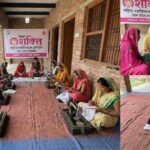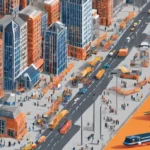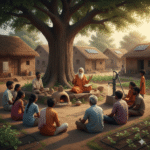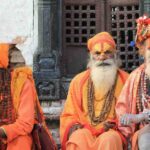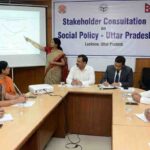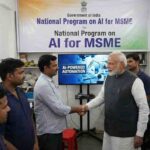Lucknow, 2025 — Social movements in Uttar Pradesh (UP) have historically played a pivotal role in shaping the state’s political narratives and policy directions. From advocating for land rights and environmental concerns to championing the rights of marginalized communities, these movements have not only reflected the state’s diverse social fabric but have also forced political entities to address their demands. This article explores how UP’s vibrant social movements continue to influence political agendas and reshape policy landscapes in one of India’s most politically significant states.
Landmark Social Movements in UP
- Farmers’ Rights Movements
- Background: UP, with its large agrarian population, has seen numerous movements demanding better prices for crops, debt relief, and improved access to resources.
- Impact: These movements have led to significant policy shifts, including loan waiver schemes and changes in agricultural policy, reflecting the power of organized farmer groups.
- Dalit and Caste Equality Movements
- Historical Struggles: Movements led by figures such as Kanshi Ram and later by Mayawati have focused on caste discrimination and social justice, advocating for greater political representation and social rights for Dalits and other backward classes.
- Policy Outcomes: These movements have resulted in legislative changes and policies aimed at caste-based reservations in education and employment, underscoring their influence on state and national policy.
- Women’s Rights Movements
- Advocacy and Change: Movements advocating for women’s safety, education, and equal rights have gained momentum, driven by various NGOs and activists across the state.
- Legislative Impact: Efforts have led to enhanced laws on dowry, domestic violence, and increased political participation through reservation in local governance.
Influence on Political Agendas
- Election Campaigns
- Voter Mobilization: Political parties in UP often align their platforms with the objectives of popular movements to garner support, particularly during elections.
- Policy Promises: Parties pledge to address the issues highlighted by these movements, such as anti-corruption measures and environmental protection, in their manifestos.
- Government Policies
- Responsive Legislation: In response to movements’ pressures, the state government has introduced policies like the UP Prohibition of Unlawful Conversion of Religion Ordinance and improvements in public healthcare systems.
- Budget Allocations: Increased funding for sectors like rural development and public health often follows sustained advocacy from social movements.
Challenges Faced by Social Movements
- Suppression and Backlash
- Government Crackdowns: Movements often face resistance from the state, including arrests and suppression of protests, especially when they threaten the status quo.
- Public and Media Opposition: Certain movements face opposition from conservative sections of society and biased portrayals in media.
- Sustainability and Impact
- Maintaining Momentum: Many movements struggle to maintain public interest and participation over long periods, which can dilute their impact on sustained policy change.
- Fragmentation: Internal divisions within movements can lead to fragmented demands, reducing their effectiveness in negotiating with political entities.
Looking Forward: The Future of Social Movements in UP
- Technology and Advocacy
- Digital Activism: With the rise of social media, movements are increasingly using digital platforms to organize, mobilize, and raise awareness, potentially increasing their reach and impact.
- Youth Participation
- New Leadership: Young activists in UP are bringing new energy to social movements, advocating for issues like climate change and digital rights, which may influence future political agendas more significantly.
Conclusion: A Dynamic Force in State Politics
Social movements in Uttar Pradesh are dynamic forces that continue to shape the political and policy landscape of the state. By addressing systemic inequalities and pushing for reforms, these movements not only champion the cause of the marginalized but also hold the government accountable, ensuring that the democracy remains vibrant and responsive. The evolution of these movements will be crucial in determining the direction of UP’s social and political development.
